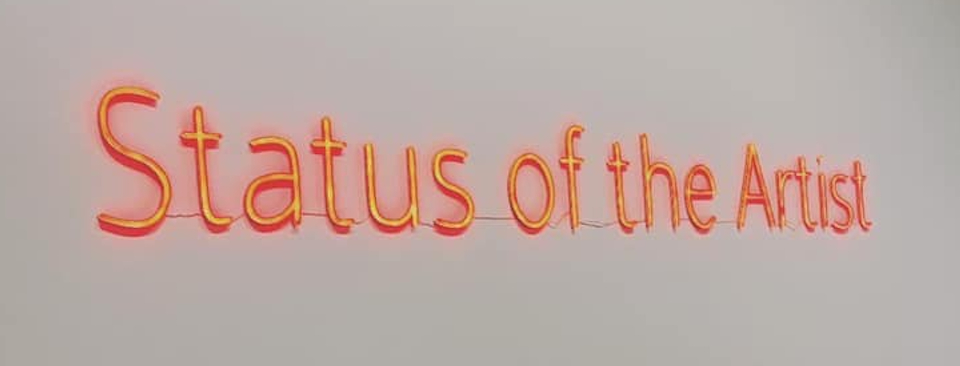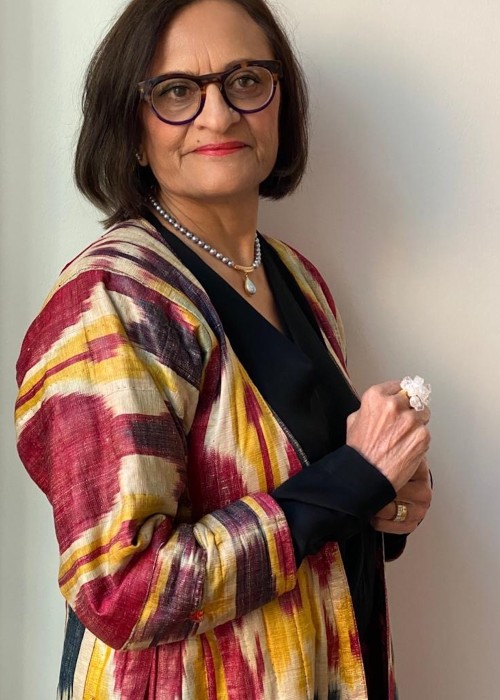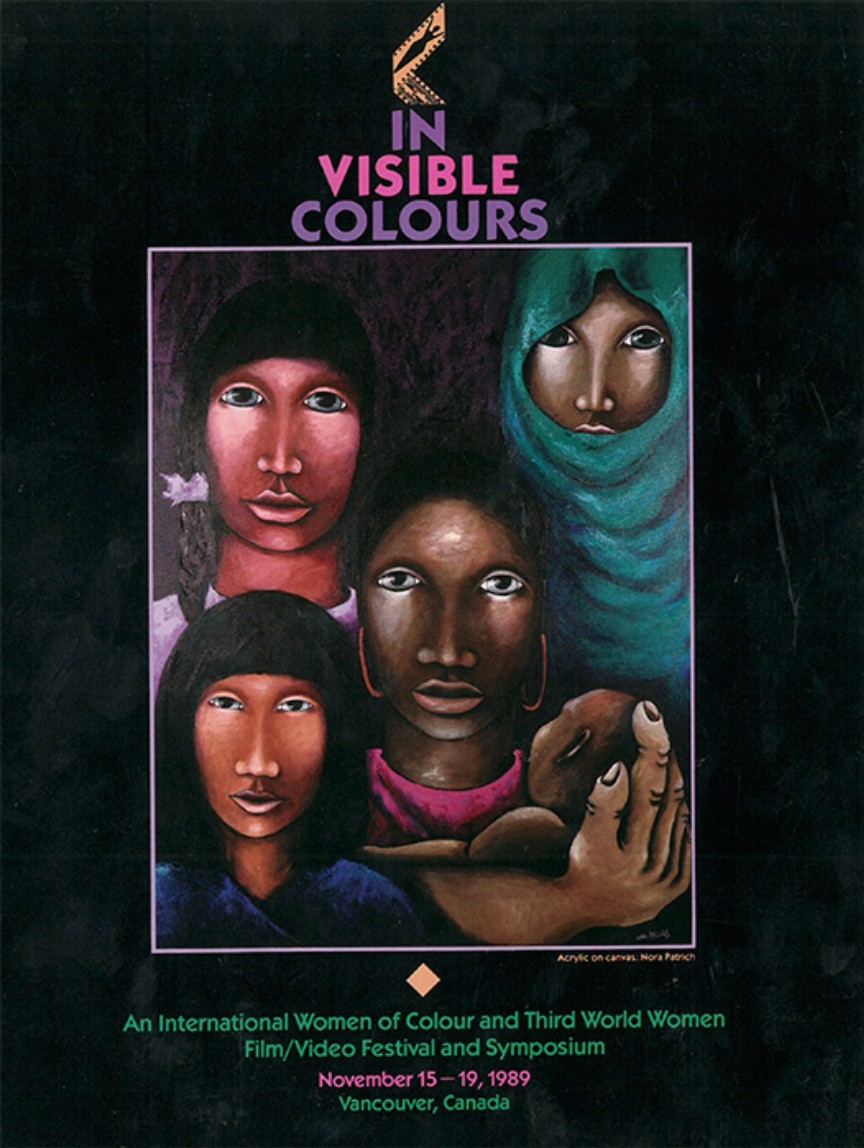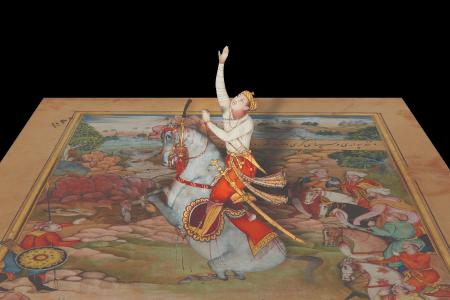Born in Nairobi, Kenya, Verjee attended boarding school in England, where she engaged with various types of art including choral works, opera, theatre, music and visual arts and crafts. In the early 1970s, Verjee moved to Vancouver, where she pursued a business and economics degree at Simon Fraser University at an exciting time for culture and technology. The advent of the Sony Portapak, a portable video camera which entered the market in 1967, had made shooting film more affordable and accessible. Diverse artists, including Verjee, seized the medium to tell their stories.
In 1977, Verjee acted in a play at the Matsqui Federal Penitentiary in Abbotsford, B.C. Led by Institutional Theatre Productions in partnership with the University of Victoria, the play was part of an initiative helping inmates earn degrees. Every week, Verjee went to the prison to rehearse. Ron Sauvé, one of the inmates performing with her, earned a B.A. during his sentence and after being released in the late 1980s, went on to become the artistic director of Institutional Theatre Productions. He took the company into the mainstream to rehabilitate other inmates and ex-inmates through theatre, recalls Verjee.
“Art has a huge power to make us think, and question the world we live in, and to take action and to find our agency,” says Verjee, reflecting on the experience in her Governor General’s Award portrait video.















